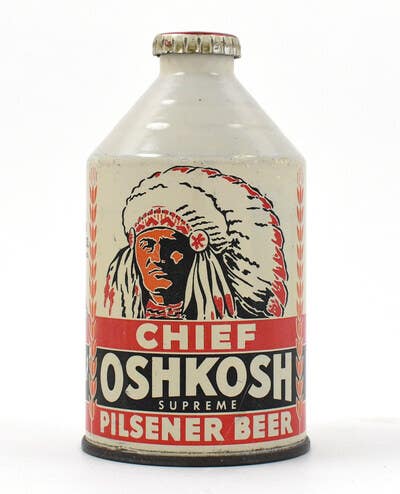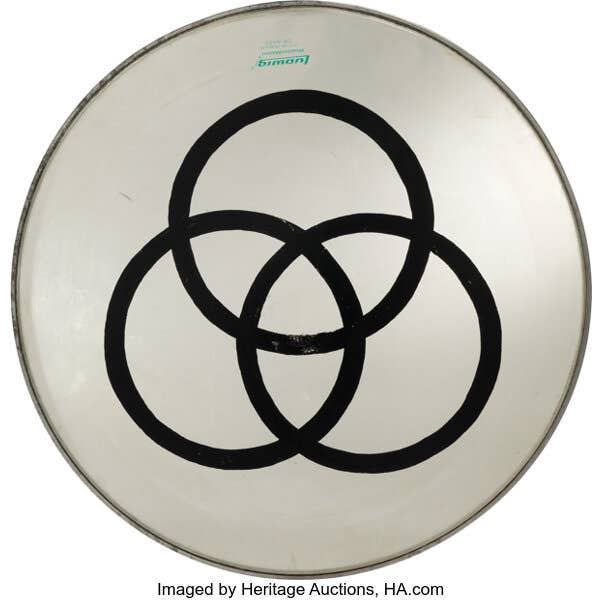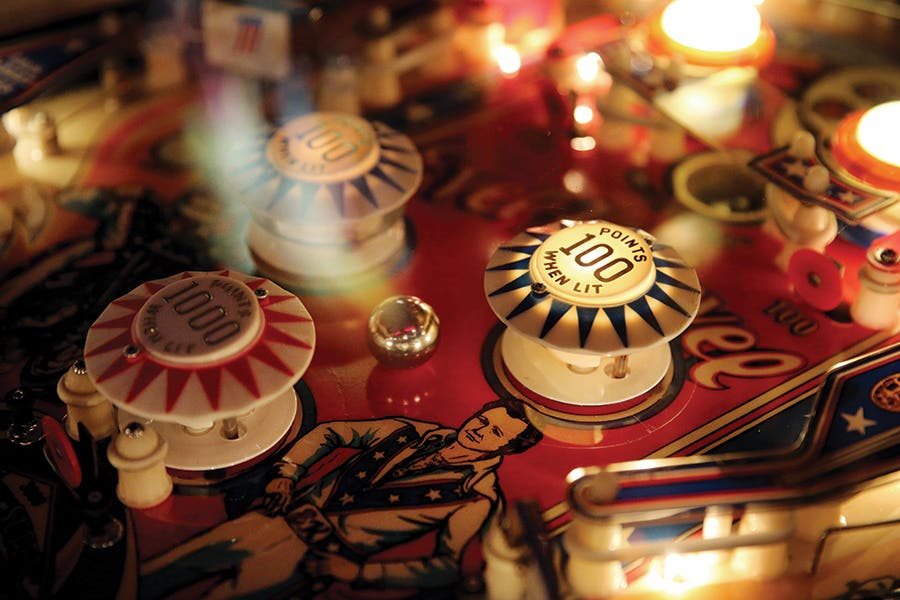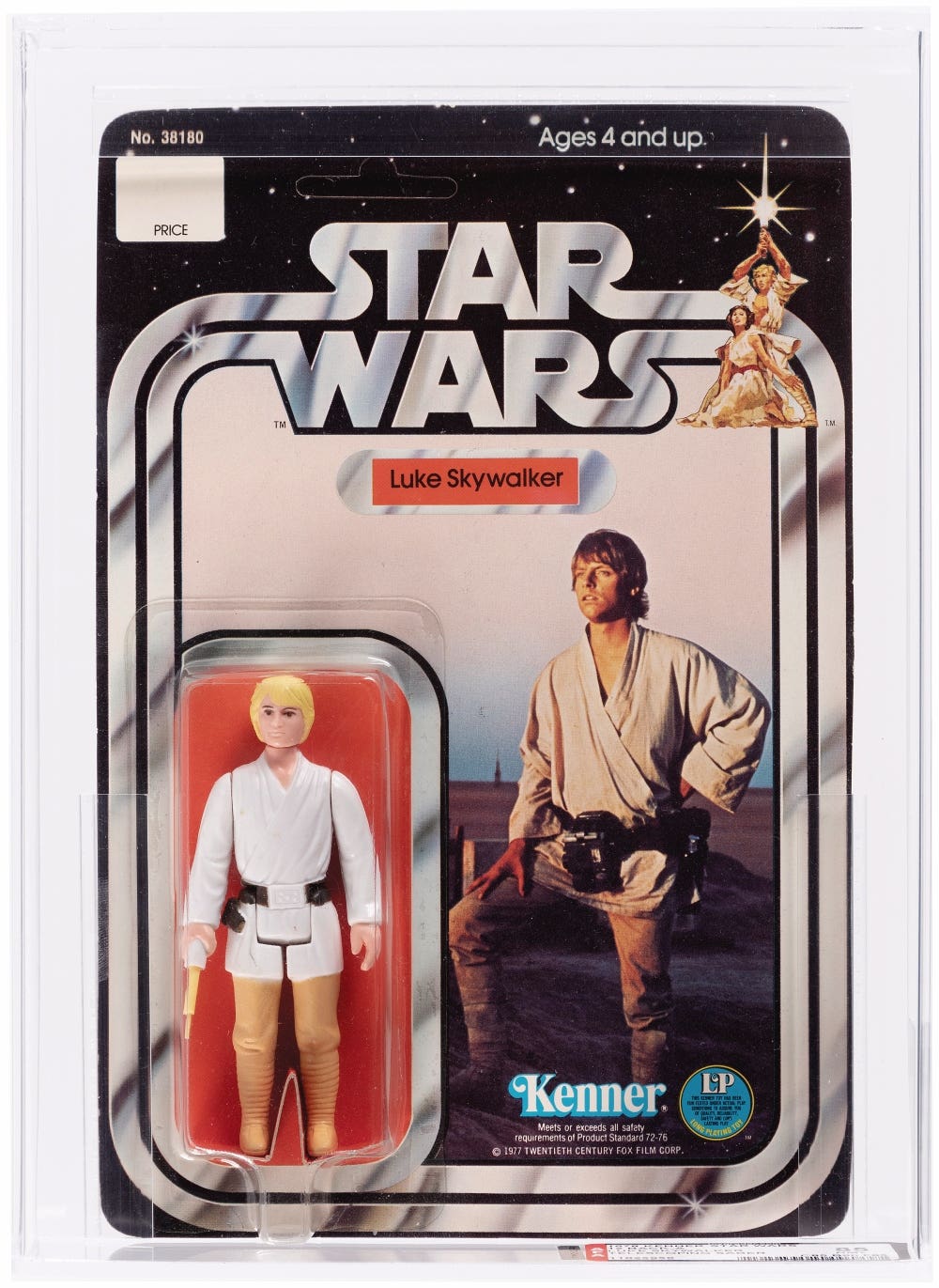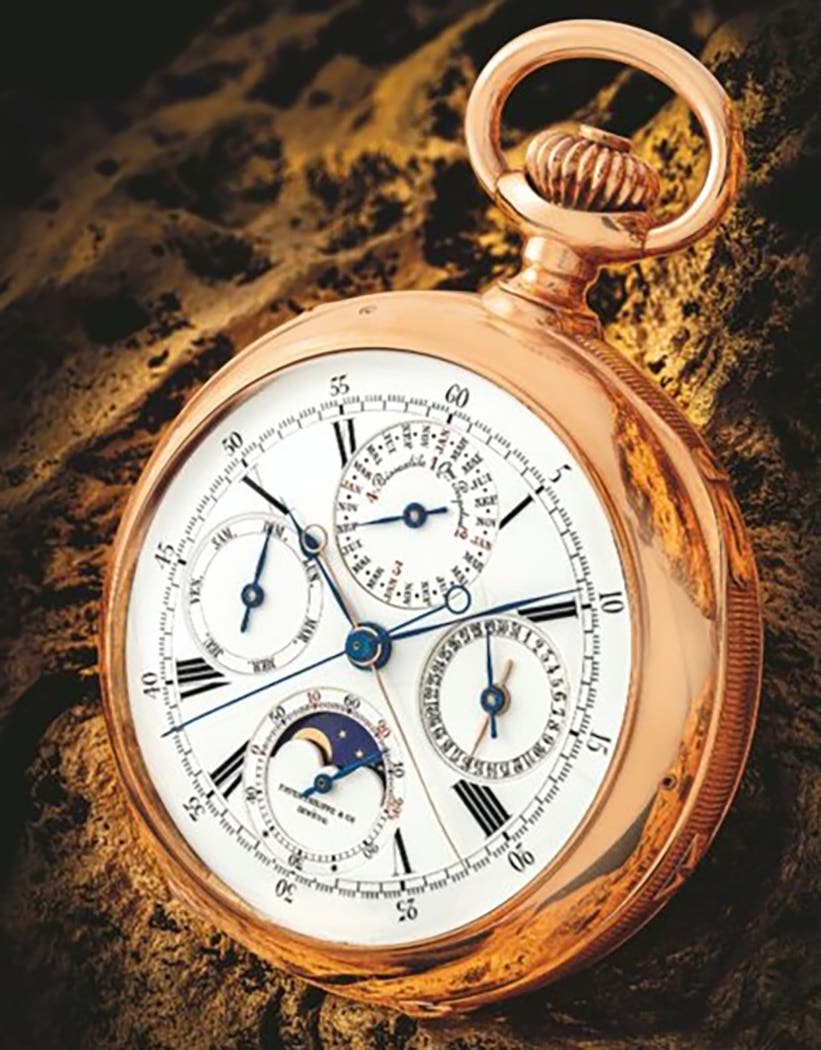Artists at Work
From Jackson Pollock to Dorothea Lange, how the WPA gave work to thousands of struggling artists during the Great Depression, unleashing a wave of creativity for all to see.
On May 6, 1935, with the nation still reeling from the effects of the Great Depression and with World War Two brewing across the Atlantic Ocean, President Franklin D. Roosevelt established the Works Progress Administration as part of the Second New Deal. It would prove to be an economic boost to America. However, even more, it would prove a boon to America’s art, artists and the country’s very perception of itself.
Intended to give – and ultimately successful at giving – work to millions of Americans, it also gave work to thousands of struggling artists, across all disciplines. This unleashed a wave of creative honesty that writ large across billboards, buildings, silos, post offices and any government building you could see. Americans began to see themselves, their beliefs and their country in the form of paintings, murals, photographs and sculpture like they never had.
“The unashamed focus on regional subjects by regional artists sets the WPA era apart from most other periods,” says Rachel Weathers, Dallas-based Fine and Decorative Arts Appraiser, and Principal at Weathers Appraisal Associates, LLC. “Important paintings were more likely to be focused on Roswell, New Mexico, or Tupelo, Mississippi, than Paris or Vienna. It was an opportunity for American artists to contemplate what American art could be, free of European dictates.”
Weathers, who is the former VP of Fine and Decorative Arts at Neal Auction Company in New Orleans, also points to the variety of canvasses the emergent WPA covered.
“Though WPA artists were required to make important, sometimes monumental works, they were not constrained by previous commercial forces,” she says. “Portraiture and advertising illustrations, while lucrative, limited subject matter and style. Now grain silos and machine works – as well as farmers and welders – could be subjects for major paintings.”
Out of the WPA Americans soon became familiar with names that, as the decades have worn on since the WPA, have become legendary. From photographers like Dorothea Lange, Gordon Parks and Walker Evans to painters like Jackson Pollock, Mark Rothko, Lee Krasner and Louise Nevelson, and so many more, the list of luminaries that emerged is now a Who’s Who of Modern Art.
“The WPA gave hundreds of American artists a chance to work on the idea of what it meant to make American art,” adds Weather. “It’s no accident that the action painters of the New York School like Willem de Kooning and Jackson Pollock worked towards their mature styles in their time as WPA artists. Beyond New York, the WPA planted the seeds of a dozen regional movements. I think of Peter Hurd returning to Roswell or John McCrady embracing Louisiana and Mississippi subjects.”
The fascination with WPA art and artists goes deep with American collectors. The images that arose from the collective artistic movement were alternately breathtaking, heartbreaking, inscrutable, inspirational and quintessentially, unquestionably American. We’ve all seen them throughout our lives, even if we didn’t know that’s what we were looking at. Collectors, however, have not lost sight. At least not of the artists.
The fact is that it’s illegal to own an official piece of WPA art. While the subject matter and style can vary wildly, most WPA canvases and photos are easy to spot by the metal plaque tacked to the frame, usually stamped “WPA FEDERAL ART PROJECT.” The U.S. government still owns all official WPA artwork and still tracks down any piece of art on offer from the project. With a comprehensive database at its disposal, the FBI does not let any WPA art get away, if it can help it.
The bad news for collectors is that we can’t ever get our hands on a tried and true piece – at least not legally. The good news is that that levels the playing field somewhat and requires collectors to get creative and pursue names rather than the movement itself.
The hunger for this was amply on display earlier this year when Swann Galleries in New York City held its first auction of “The Artists of the WPA,” an unequaled success of a sale masterfully curated to highlight the incredible depth of the WPA artists. The sale resulted in four artist records and showed, without a doubt, that the market liked what it saw.
“One of the main factors in the success of the auction was that we brought both major and minor WPA artists together in one context,” says Harold Porcher, Swann’s Director of Modern & Post-War Art. “This was more like a curated grouping, which brought interest, and good prices, to the artists usually of lesser value.”
Highlights of the auction include:
• $37,500 total price realized from a grouping of 38 John Vachon vintage photographs, 1937-1942, a record for the artist
• Reginald Marsh’s 1943 oil on canvas, The Waterfront, New York, brought $13,750
• Arthur Getz’s casein and tempera study Untitled (WPA Practice Piece), 1938, realized a total of $10,625
• A lithograph of Norman Lewis’s 1943 Comrades, sold for $9,375 total price realized
• A print of Howard Cook’s Lower Manhattan, 1939, realized a total of $8,750
• $8,125 total price realized for a 1936 silver print of Hoe Culture, Alabama Tenant Farmer Near Annison by Dorothea Lange
• $7,000 total price realized for a 1936 silver contact print of Manhattan Bridge (Looking Up) by Berenice Abbott
• Joseph Binder’s 1939 poster for the New York World’s Fair brought $5,250, the highest price for the work paid this century
• Abram Tromka’s oil on canvas, Third Avenue El, brought a total price realized of $5,000.
The parallels between today, with our struggle with COVID and its effects and when the art offered in Swann’s sale was created, were not lost on the auction house, or on Porcher, as they assembled the auction.
“There was trouble and suffering, but there was hope,” Porcher says. “I’d say that was the constant theme then and now. You also see a pretty dominant, constant theme of social realism. This really was the mindset of the WPA artists at the time. They were struggling, the country was struggling, they were seeing their families and friends trying to put food on the table and pay the bills. They felt an urgency and a need to express that in their art.
“In a lot of ways I think that’s why (the auction) was so successful,” Porcher continues. “The art has a timeless quality to it. We’re all still facing hardship with the Pandemic and the government is debating a new infrastructure bill, as it was when the WPA was formed.”
If you missed Swann's auction in February, and are lamenting your chance to bid on a few of these artists, there is a good chance that Swann will build on the success of their first auction and you will get another shot. In the meantime, if you’re looking to shore up your WPA artist knowledge and get a feel for what you like, Porcher’s advice is two-fold:
“My advice would be to look at a few references and use that to spur what talks to you as a collector,” he says. “See what areas interest you visually and go from there.”
Porcher suggests www.LivingNewDeal.org as an excellent place to jump in.
“It’s a wonderful database of buildings, murals and images,” he says. “You can search by name or exact venue, look at it by artist or location. It’s a great way to look and see what speaks to you as a collector.”
As the success of the Swann Galleries auction points out, the WPA is as relevant to collectors today, and its message as meaningful, as it has ever been in the last 85 years since its inception by the FDR administration. Will the trials of our time result in a similar national reckoning or a re-making and re-examination of our national identity? Only time will tell.
Whatever emerges from our time, the lessons, the wisdom and – most of all – the art and artists of the WPA will remain to show us the way to celebrate the beauty, the pain and the hope that is always there during uncertain days.
You May Also Like:
The former editor of Antique Trader and past Public Relations Director of Heritage Auctions, Noah Fleisher has authored collectible books on such far reaching topics as Beatles memorabilia and children's books during a career in which he has written extensively about the antiques and collectibles field.




